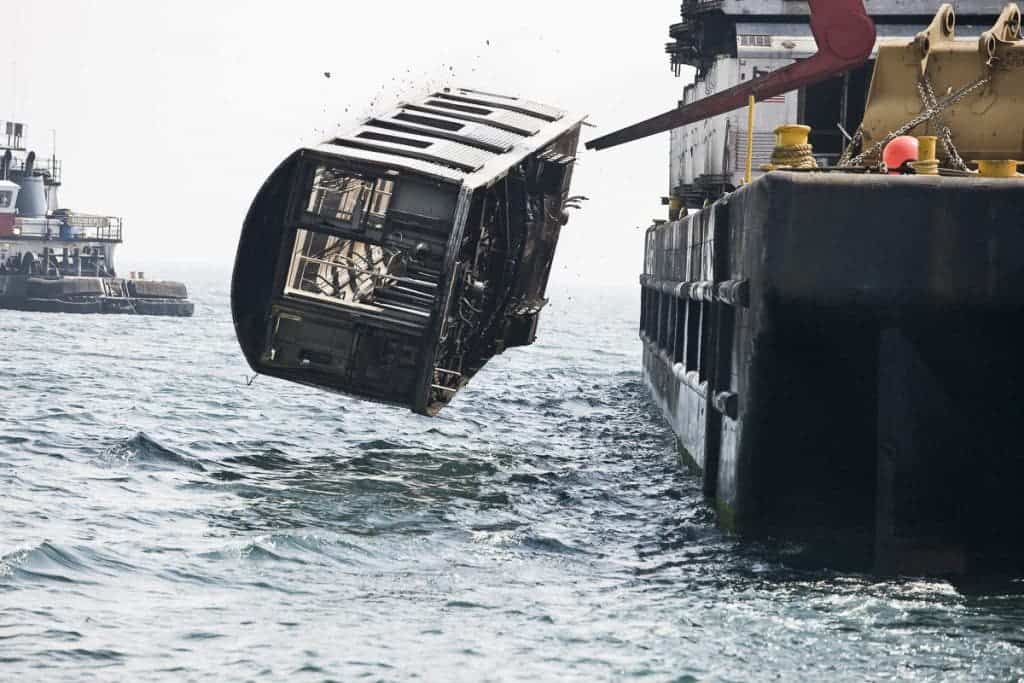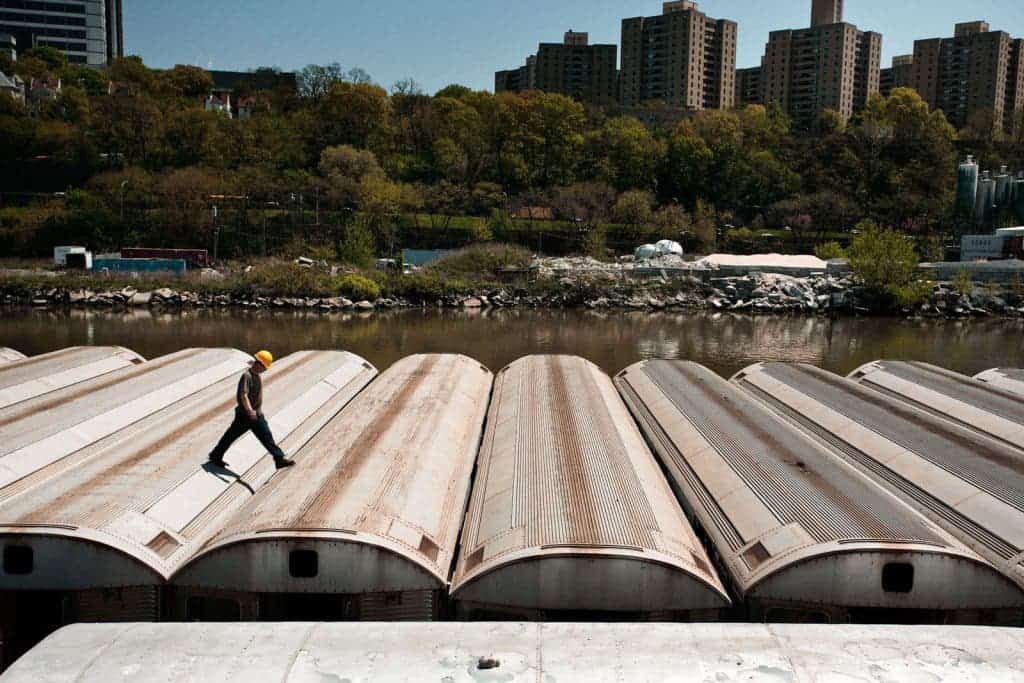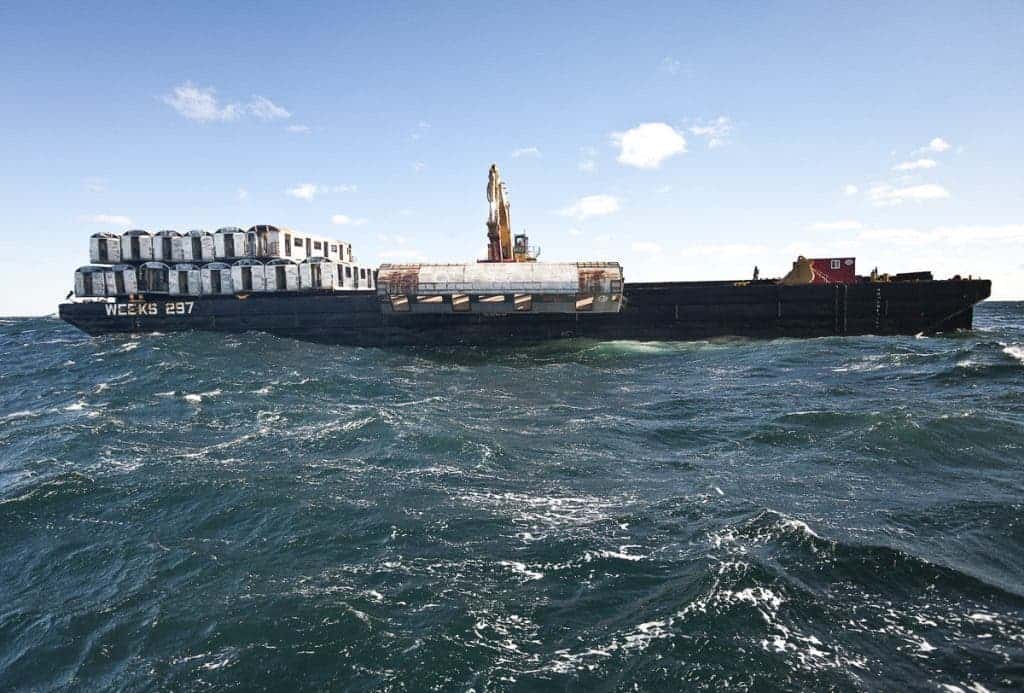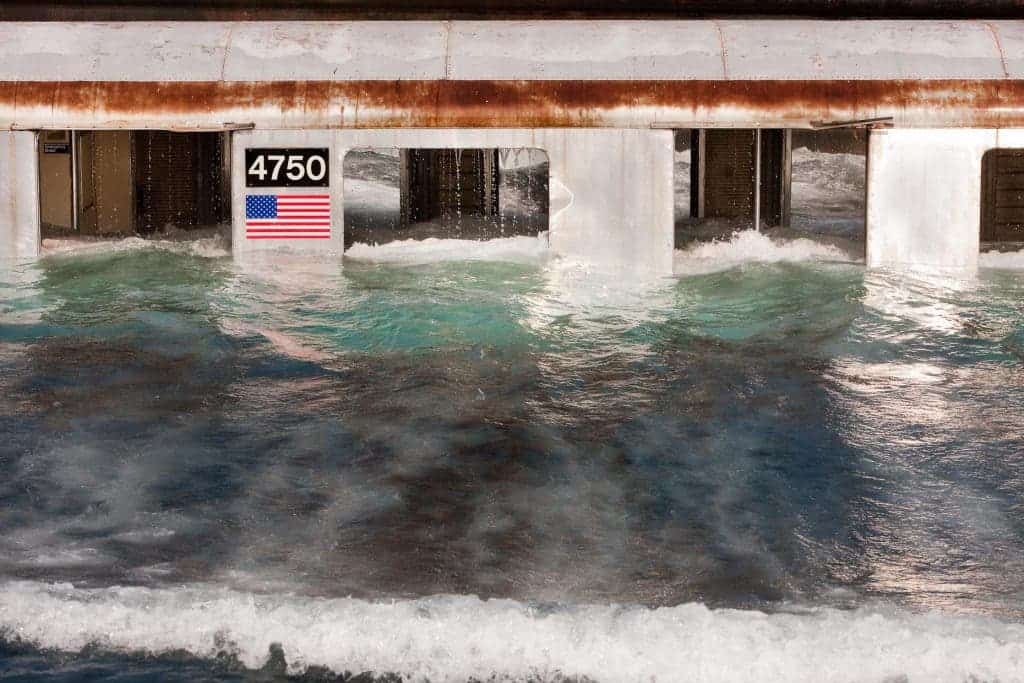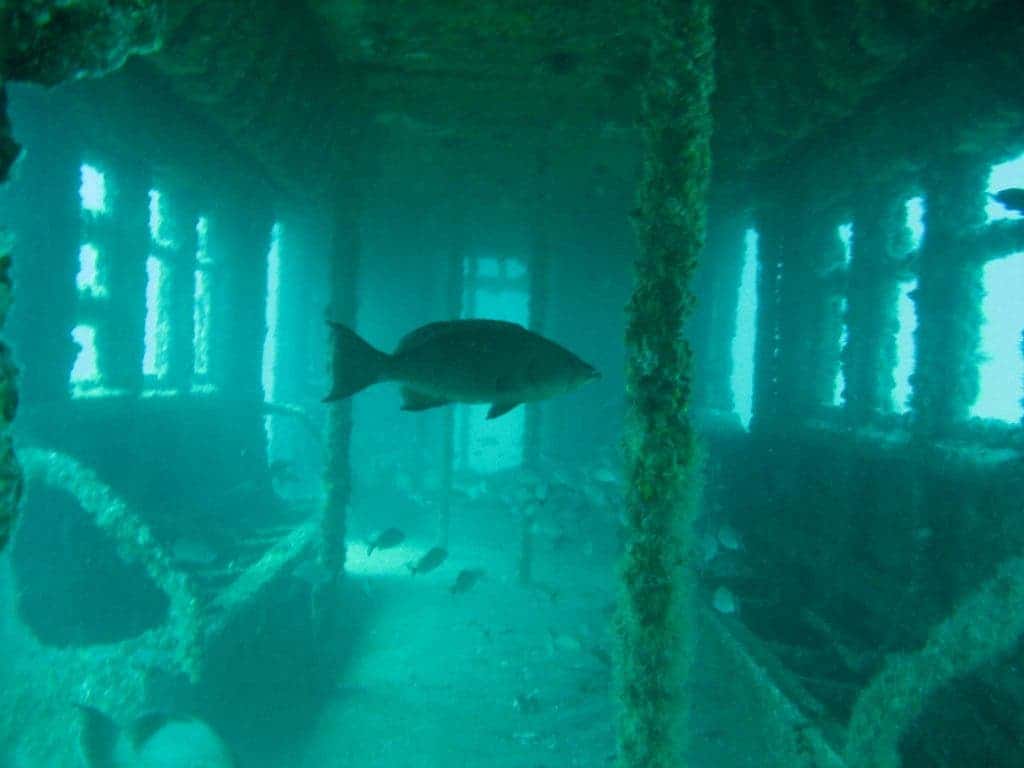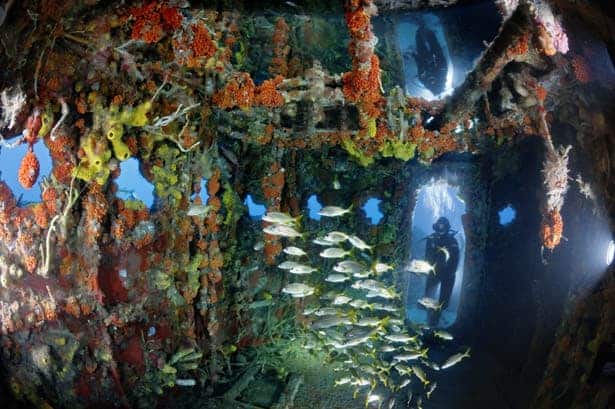Usually, whenever I hear about dumping things in the ocean, I just rage. I mean, there are over 5 trillion pieces of plastic in the ocean, some other trillion pieces are trapped in the Arctic ice, ocean sediments are basically a cemetery for plastic and there’s a garbage island twice as big as France in the Pacific Ocean! We really should start reducing the amount of garbage we dump in the ocean… and then there’s this project.
When you hear that New York’s municipality dumping its subway trains in the ocean, you’d be tempted to assume the worst. I certainly did. But I was wrong — over 2,500 New York subway cars have been used to create an underwater reef for crustaceans and fish in the Atlantic.
After almost six decades of service, the Metropolitan Transit Authority retired all of its R-32 subway cars. The R-32s were iconic New Yorkers. With their shiny stainless-steel paneling, they braced the Big Apple’s underground day in and day out. When they retired, however, their journey took them to an unexpected place.
Over a period of three years, photographer Stephen Mallon of the Front Room Gallery captured images of the carriages being taken out to sea and then dropped, there underwater creatures start to “take care” of them, transforming them into their new homes. His pictures are now displayed in an exhibition in New York.
“I had read about the subway cars being dropped into the Atlantic, but I thought the project was over,” said Mallon. “Then in 2007 I was scouting for another shoot and saw the barges being loaded up.”
The subway cars them were sent to coastal areas across Delaware, New Jersey, and Georgia. In an innovative program that started in the early 2000s, New York City’s Metropolitan Transit Authority (MTA) began disposing of decommissioned subway cars by repurposing them into artificial reefs. However, it’s not as simple as merely tossing the cars into the ocean. The subway cars undergo a significant transformation before they embark on their aquatic journey.
First, the subway cars are stripped of their interior components, wheels, and anything else that could potentially be harmful to the marine environment. These stripped-down shells are then cleaned to remove any contaminants. This process ensures that once the cars enter the ocean, they do so as benign structures, causing no harm to the marine ecosystem.
“I had never seen anything like this,” Mallon said. “And I’ve been in New York for over 20 years … there’s a sense of vertigo as they drop — you want to hold on as it falls.” The 42-year-old has an ongoing project entitled American Reclamation that explores the recycling industry in America.
The magic begins once the subway cars hit the ocean floor. Almost immediately, marine life starts to colonize these steel structures. The smooth surfaces of the subway cars provide an ideal base for algae and barnacles, which attach themselves and start growing on the exterior. This forms the base of a food chain that soon attracts a host of marine creatures.
Fish, seeking shelter and attracted by the potential food sources, move into the subway cars. As the community of creatures within and around the subway car grows, it forms a complex, thriving ecosystem—an artificial reef. These reefs increase biodiversity, providing new habitats for fish and other marine life. This has an additional benefit for fishing industries and recreational anglers, as the fish population in these areas tends to increase.
Dropping sites are not disclosed to the public, but according to the subway authorities, they are constantly monitored and studied. So far, it seems they’re doing a great job at supporting marine wildlife – there’s an underwater penthouse boom.
“We’ve been monitoring the carbon steel subway cars and they are holding up well,” said Jeffrey Tinsman, artificial reef program manager at the Delaware Department of Natural Resources and Environmental Control.
“They are still three dimensional, and provide thousands and thousands of square feet of hard surface for invertebrates to live on, some of which, such as blue mussels, could not live on the sand bottom that is naturally there. When you compare the amount of food available on this reef to the natural amount, there is 400 times as much food per square foot as the sand bottom,” Tinsman continued. Fish such as black sea bass are not fast swimmers, so need structure to provide both food and shelter; they wouldn’t, for example, be able to outswim a shark, but they could duck into the shelter instead.”
Stephen Mallon’s works are featured in the solo exhibition Patterns of Interest at NYU’s Kimmel Galleries from February 6 to March 15. Initially, the photos make you think the authorities are doing something awful, and he does a great job at keeping the suspense up throughout the exhibition — it makes his work even more powerful.
The project lasted from 2001 to 2010. It’s unclear whether it will be relaunched again in the future. Nowadays, NYC (and most cities) don’t retire their subway cars in such large numbers at once, they gradually replace them.
